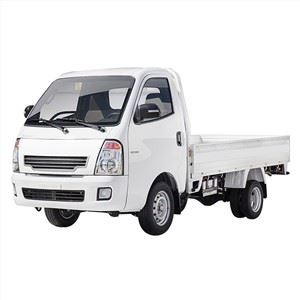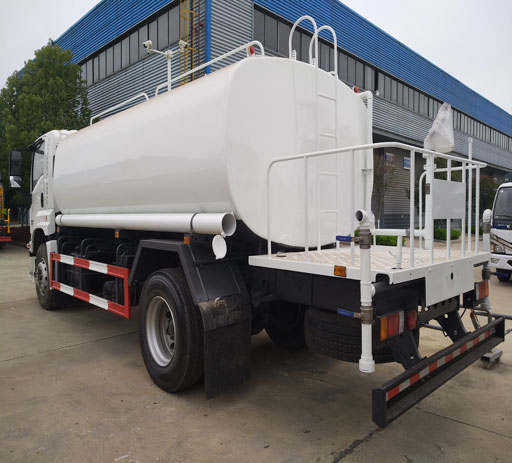Is Vehicle ID the Same as VIN? Understanding the Differences and Importance
Introduction

When navigating the world of vehicle registration, ownership, and identification, various terms can often create confusion. Two common terms that frequently arise are “Vehicle ID” and “VIN” (Vehicle Identification Number). While many people might believe these terms refer to the same thing, they have distinct meanings and purposes. Understanding the difference between a Vehicle ID and a VIN is crucial for vehicle owners, buyers, and enthusiasts alike. This comprehensive article explores these concepts in detail, providing clarity on how they are defined, used, and why they matter. We will delve into the specific components of a VIN, how to locate them, and provide practical examples that illustrate the importance of both identifiers.
What is a Vehicle ID?
A Vehicle ID is a generic term that may refer to any method of identifying a vehicle. This can include license plate numbers, registration numbers, and even manufacturer-specific identifiers. However, it’s important to clarify that the term “Vehicle ID” is not standardized and can vary from context to context.
Types of Vehicle IDs
- License Plate Number: Issued by the state or country, this number is displayed on the vehicle’s license plates.
- Registration Number: A unique number assigned to each registered vehicle within an issuing authority.
- Manufacturer-Specific IDs: Some manufacturers use unique identifiers for their vehicles, which may not conform to standardized definitions.
What is a VIN?
The Vehicle Identification Number (VIN) is a 17-character alphanumeric code that uniquely identifies a vehicle. This standard format provides critical information about the vehicle, such as its make, model, year of manufacture, place of production, and unique features.
Structure of a VIN
A VIN is divided into three main sections:
- World Manufacturer Identifier (WMI): The first three characters that identify the manufacturer of the vehicle.
- Vehicle Descriptor Section (VDS): Characters four through nine provide information about the vehicle’s model, body type, engine type, and safety features.
- Vehicle Identifier Section (VIS): The last eight characters, unique to each vehicle, which include the production year, assembly plant code, and serial number.
Example of a VIN
For instance, if a VIN reads 1HGCM82633A123456, it can be broken down as follows:
| Position | Description |
|---|---|
| 1-3 | World Manufacturer Identifier (WMI) – 1HG (Honda) |
| 4-8 | Vehicle Descriptor Section (VDS) – CM826 (Accord model features) |
| 9 | Check Digit – 3 (for error checking) |
| 10 | Model Year – A (2003) |
| 11 | Assembly Plant Code – 1 (Ohio plant) |
| 12-17 | Production Number – 345678 (unique to this vehicle) |
Are Vehicle ID and VIN the Same?

While both a Vehicle ID and a VIN serve the purpose of identifying a vehicle, they are not the same. The VIN is a standardized and universally recognized identifier strictly for vehicles, whereas the term Vehicle ID can refer to a broader range of identifiers. Essentially, all VINs are Vehicle IDs, but not all Vehicle IDs are VINs.
Key Differences
| Feature | VIN | Vehicle ID |
|---|---|---|
| Standardization | Standardized 17-character code | Generic term without standard format |
| Purpose | Specifically identifies vehicles | Can refer to any identifying numbers related to vehicles |
| Usage | Used in legal and regulatory frameworks | Often used in informal contexts |
The Importance of VIN and Vehicle IDs
Both the VIN and Vehicle ID play crucial roles in varying aspects of vehicle ownership, maintenance, and resale. Understanding these identifiers is vital for several reasons.
1. Legal Compliance
Maintaining accurate records using VINs and Vehicle IDs is essential for legal purposes, such as registration and insurance policies. Law enforcement agencies also rely on these numbers for tracking stolen vehicles.
2. Vehicle History Reports
Companies that provide vehicle history reports, like Carfax and AutoCheck, use the VIN to compile data about the vehicle, including past ownership, accident history, and recalls. Buyers can make informed decisions based on this information.
3. Insurance and Financing
Insurance companies require a VIN for policies. Similarly, financial institutions often look for a VIN when providing loans or financing options, as it helps them verify the vehicle’s details.
4. Warranty and Recall Information
Manufacturers use VINs to identify which vehicles are covered under warranties or recalls. If a recall is issued, the manufacturer can notify the owners directly using the VIN database.
5. Resale Value
A VIN can significantly impact the vehicle’s resale value. A well-documented history, including maintenance records tied to the VIN, can attract potential buyers.
How to Locate Your VIN
Common Locations of VIN
- Dashboard: Look through the windshield on the driver’s side.
- Driver’s Side Door Jamb: Open the driver’s door and look for a sticker on the door frame.
- Engine Bay: Check the front of the engine block or near the firewall.
- Under the Spare Tire: In some vehicles, the VIN may be located underneath the carpet or spare tire compartment.
Practical Examples of VIN and Vehicle IDs
Understanding practical examples can provide better insight into the significance of VINs and Vehicle IDs. Let’s explore some scenarios:
Scenario 1: Buying a Used Vehicle
Imagine Sarah wants to buy a used car. She checks the VIN on the vehicle and runs a vehicle history report. Discovering that the car was in a serious accident, she decides to continue her search, saving herself from potential issues in the future.
Scenario 2: Reporting a Stolen Vehicle
John’s car was stolen. He provides the police with both his VIN and vehicle registration number (Vehicle ID) to help track down his stolen property. The VIN allows law enforcement to search databases specifically for his vehicle.
Tips for Vehicle Owners
Keeping track of your vehicle’s identifiers is essential. Here are some tips for vehicle owners:
1. Keep Your VIN Accessible

Store your VIN in a safe place. Consider keeping a copy in your wallet, or use mobile apps designed for vehicle management.
2. Run Regular Vehicle History Reports
Use the VIN to run periodic vehicle history reports, especially before buying or selling a vehicle. This can help you understand the vehicle’s past better.
3. Update Your Information
Ensure that your vehicle registration details reflect your most current information to avoid any legal issues.
FAQ Section
1. Is the Vehicle ID important for insurance?
Yes, insurance companies require VINs when providing quotes and coverage for a vehicle. The VIN helps assess the vehicle’s risk factors.
2. Can there be multiple VINs for the same vehicle?
No, each vehicle has a unique VIN. However, other identifiers like license plates and registrations can change over time.
3. How do I find a vehicle’s VIN if the plate is damaged or lost?
If the license plate is damaged or lost, you can still find the VIN in several locations, such as the dashboard, door jamb, or engine bay.
4. What should I do if I suspect a VIN has been tampered with?
If you suspect tampering, you should contact law enforcement immediately. Tampered VINs can indicate stolen vehicles or fraudulent activities.
5. How often should I check my vehicle’s history?
It’s recommended to check your vehicle’s history when buying a vehicle and periodically during ownership, especially before selling.
6. Are Vehicle IDs and VINs used in recalls?
Yes, manufacturers use VINs to identify vehicles that are under recall orders. Vehicle IDs may not be sufficient for this purpose.
